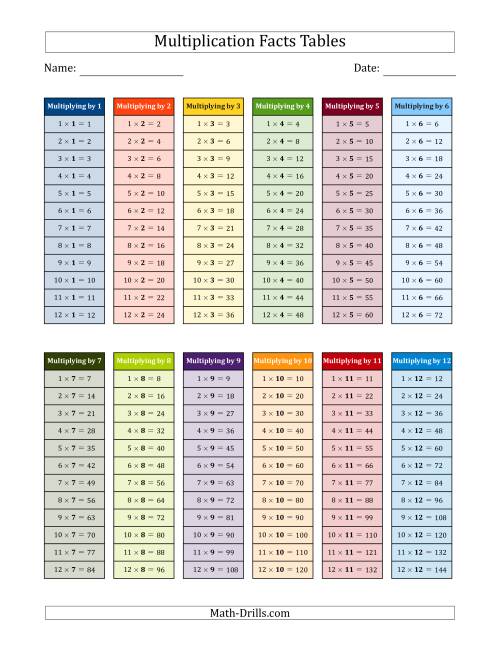
Consider that one 12-ounce can of soda contains 8 teaspoons (32 grams) of added sugar! There goes your whole day’s allotment in one slurp. For women, the number is lower: 6 teaspoons (25 grams or 100 calories) per day.Men should consume no more than 9 teaspoons (36 grams or 150 calories) of added sugar per day.To keep all of this in perspective, it’s helpful to remember the American Heart Association’s recommendations for sugar intake.

These sweeteners are “generally recognized as safe” based on published research, a conclusion which has been reviewed by the Food and Drug Administration (FDA). If you’re looking for no calories, your best option might be a plant-based sweetener like stevia or monk fruit. All that extra sugar gets converted to calories much more quickly. On the flip side, the added sugar in soda arrives all at once in your system like a sugar bomb. For example, your body spends more time digesting an apple because of the fiber content, so the natural sugar absorbs more slowly.

It all comes down to how fast the sugars get absorbed. Your body sure isn’t! Too much sugar is too much, no matter the source. Products made with honey, maple syrup, coconut sugar or turbinado sugar, high fructose corn syrup, corn syrup, and dextrose, for example, are perceived as healthier choices. So, what’s a smart shopper to do? It’s tempting to look to alternative sugars as a magical solution. How does the body react to so much sugar? That’s enough to fill a bathtub! Where’s all this added sugar coming from?īeverages are the leading category source of added sugars (47% of all added sugars):Īnd, as you might guess, snacks and sweets are the next biggest contributor of added sugars at 31%. Think of it this way – children are ingesting over 30 gallons of added sugars from beverages alone. American kids consume 81 grams per day, equaling over 65 pounds of added sugar per year. This adds up to around 60 pounds of added sugar annually – that’s six, 10-pound bowling balls, folks! The numbers are even worse for children. What consumers aren’t confused about, though, is the need for a healthy change.Īmerican adults consume an average of 77 grams of sugar per day, more than 3 times the recommended amount for women. Studies show that 80% of shoppers come across conflicting nutritional data and 59% doubt the choices they’re making for their families. But there’s a lot of confusing information to wade through. From salt to sugar, the movement is on to regain control of what we put on the table. National Hypertension Control InitiativeĪs modern grocery shoppers, we try to be engaged and knowledgeable about nutrition.

Pets and Your Health / Healthy Bond for Life.


 0 kommentar(er)
0 kommentar(er)
